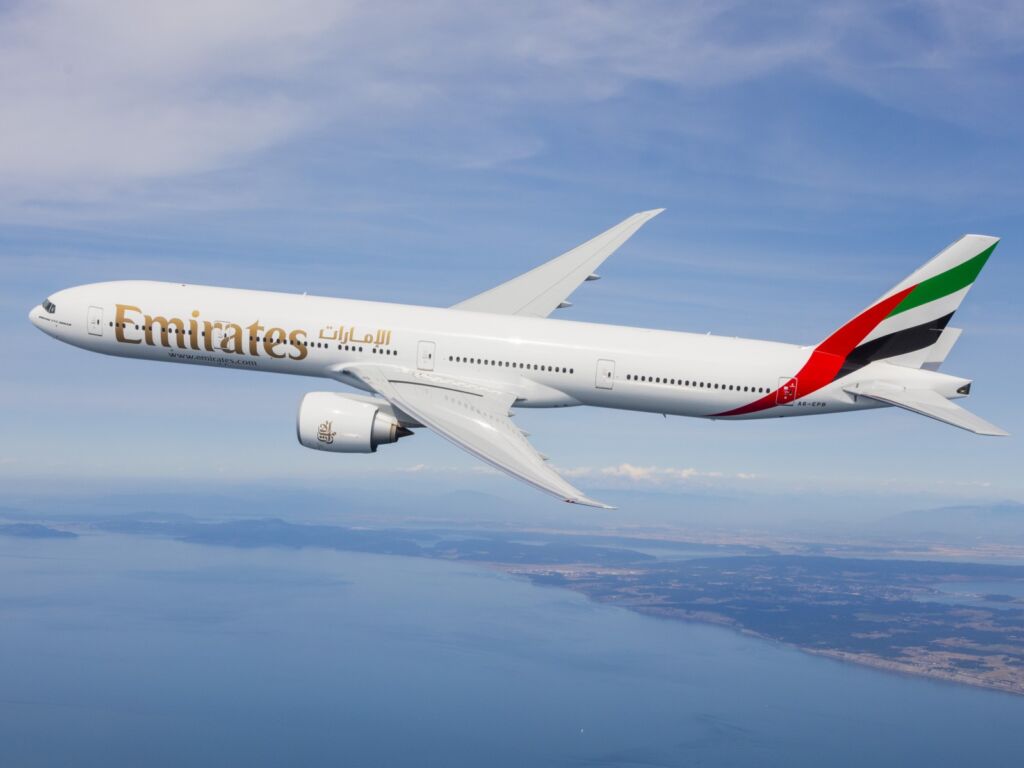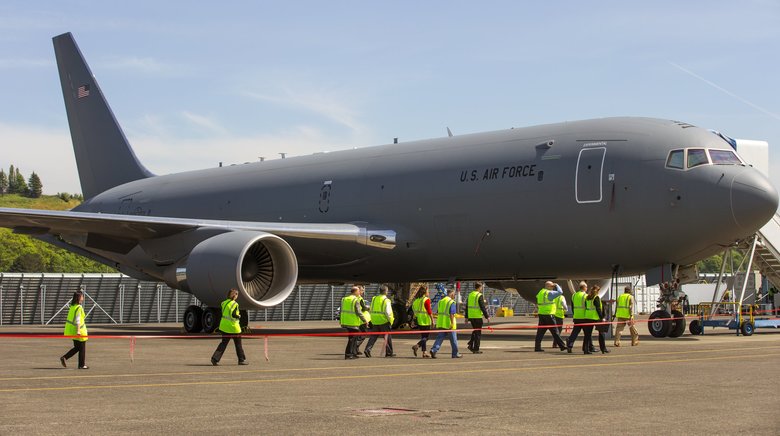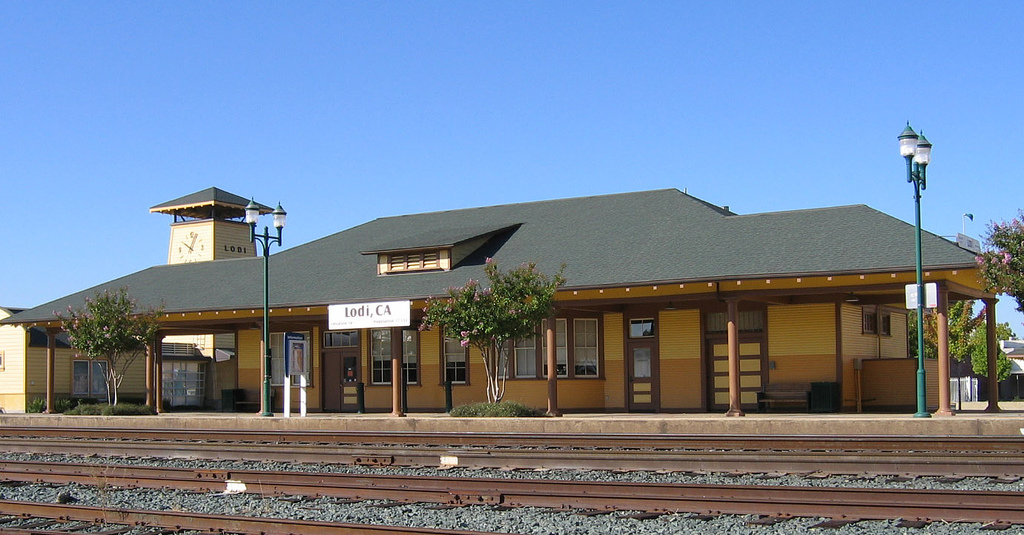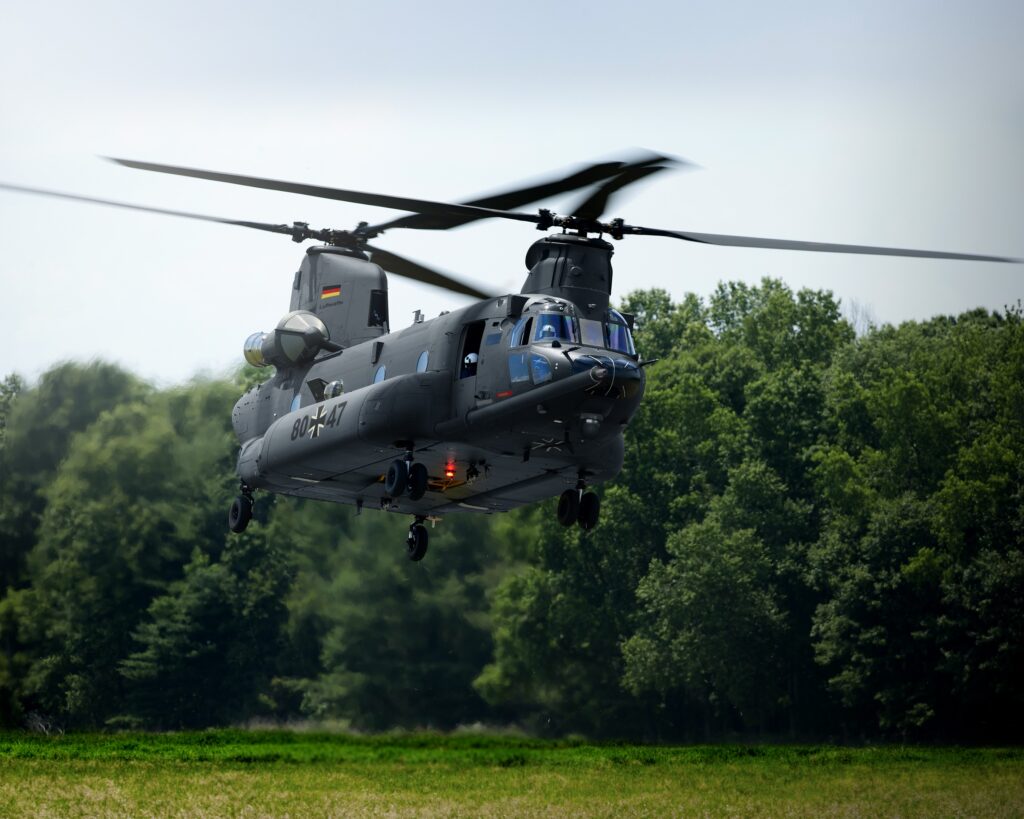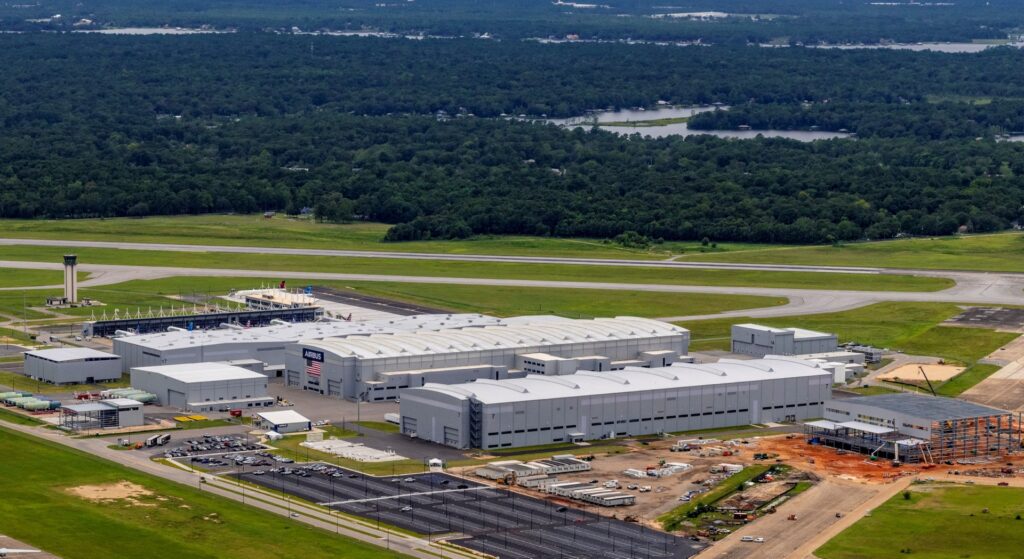KCS Announces Fourth Quarter 2020 Earnings Release and Conference Call Time
Kansas City Southern (KCS) (NYSE: KSU) will release its fourth quarter 2020 financial results on Friday, January 22, 2021, before the opening of trading on the New York Stock Exchange. KCS will also hold its…

